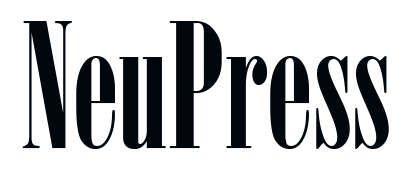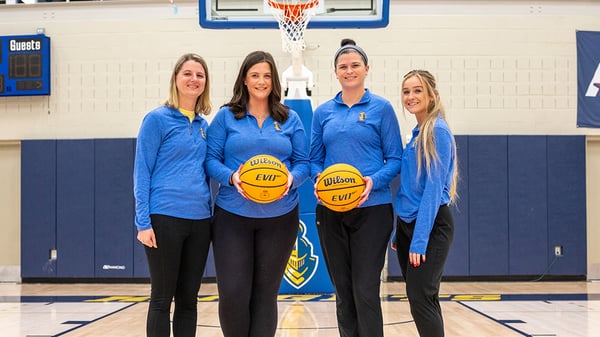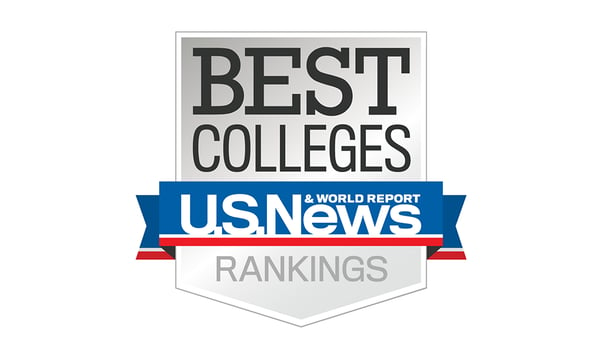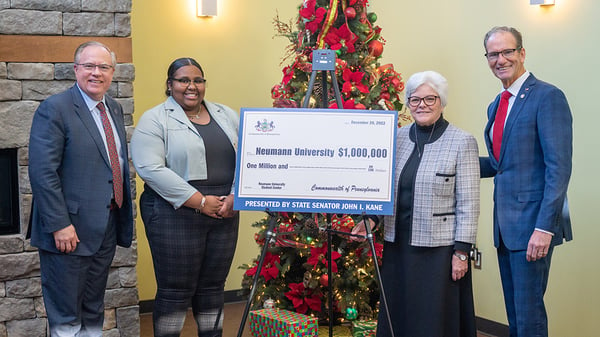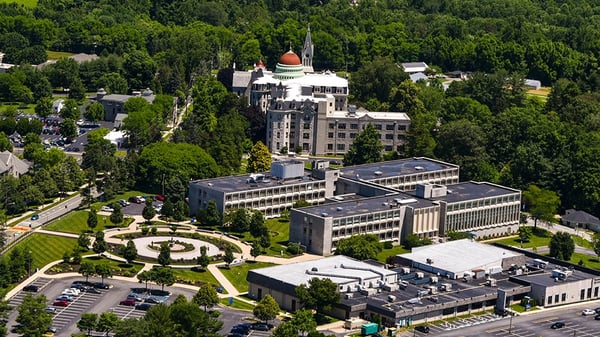“It’s one thing to rep a school, it’s another to rep MY SCHOOL,” said former player and current...
Shedding Light on Neumann University's Athletic Faciltiies
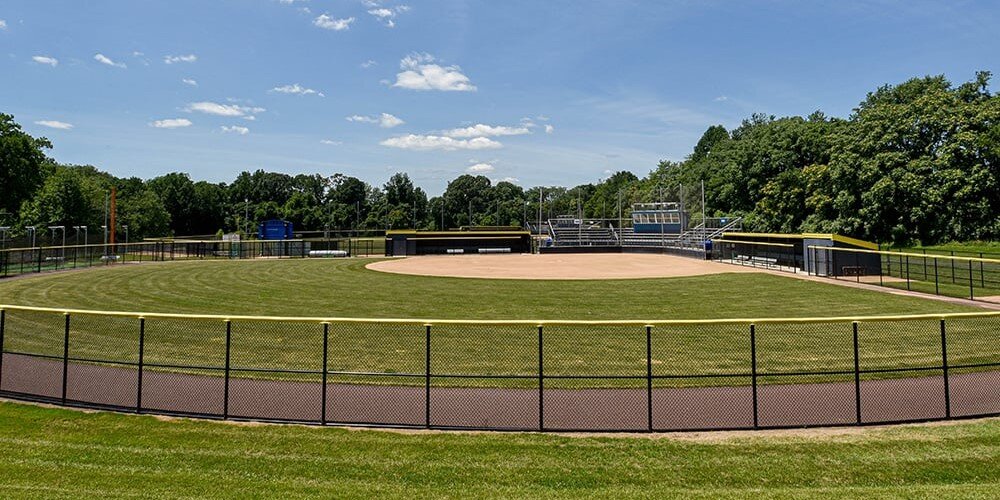
Neumann University prides itself on its thriving athletic programs, offering students a range of opportunities to compete and excel in various sports.
Still, there is a noticeable difference in the lighting equipment across its sports facilities.
While the soccer and tennis courts benefit from lighting fixtures, the softball and baseball stadiums remain dark after the end of the day. What is the reasoning behind this difference?
The choice to place lights on athletic facilities is more than just about extending playing hours. It is the result of complex challenges ranging from costs to community impact.
Interviews with key individuals, including coaches and university administrators, provided a clearer picture.
Head Softball Coach Shannon Padula sees upsides and downsides of the field having lights.
“I think there's pros and cons to it. I think obviously pros we can have you know later games. We don't have to worry about, especially in early March when our season starts off to worry about moving up games to make sure we have enough daylight. The cons are also colder [could?] we have later practices we’d also probably rent out a lot more so that we would have to kind of navigate around that,” said Padula.
Coach Padula's feelings highlight the complex quality of the issue, where advantages must be weighed against challenges.
On the baseball front, Assistant Coach David Alvarez sees only the upside of night games, suggesting that he is willing to take charge of a petition for baseball field lighting.
“Yeah, I would start one,” said Alverez.
Katie Barnes, Provost of Neumann University, elaborates on the university’s decision to leave the softball and baseball fields without lighting.
“My understanding is that when these fields were built all your games were early daytime and there was no reason to have lights and [also to] be considerate to the sisters of St. Francis and other neighbors,” she said.
The initial layout of the turf field and tennis courts were originally designed with lights.
Barnes explains that these facilities were intended for rental purposes and need longer hours of operation to serve a variety of user groups.
To get lights for other fields, an organized approach is needed, she said.
“Have the teams make a request in writing, what is your rationale, can you create a revenue stream, is the revenue enough to pay for trainers, and staff to cover the night games and cost of the electricity?” said Barnes.
Most importantly, the possibility of implementing this sort of task depends on the ability of the facility to bring in funds to pay for itself.
“The length of time would be related to cost, availability of the product, and installer availability. This would need to be a part of the capital budget planning process,” said Barnes.
Although lighting baseball and softball fields sounds ideal, it is easier said than done.
Based on industry standards, the installation costs present a significant financial hurdle.
The statistics from Sports Venue Calculator indicate that, depending on the size and competition level of the ballpark, the installation costs of a new softball LED lighting system will be between $135,000 – $350,000.
The completion timeline is further impacted by the practical difficulties of product availability and installation schedule. All told, it means Neumann softball and baseball won’t have lights any time soon.
